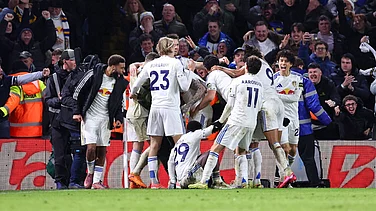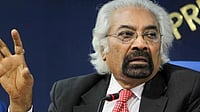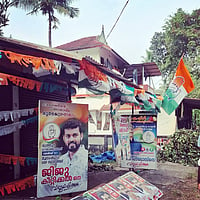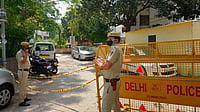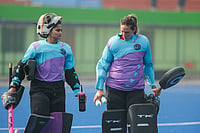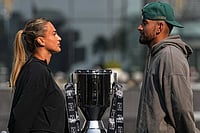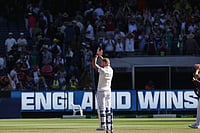
SG’s factory stands out in many ways. It makes equipment for all the leading global brands one can think of—Gray Nicholls, Slazenger, GM and Kookaburra—and its managers are proud of the fact. "We are expecting a big boom in our key market, England. After the Ashes win, we’re expecting an over 50 per cent jump in cricket merchandise sales there," says Paras Anand, director, SG. He went on to reveal how SG would shortly be doubling its batmaking capacity.
But the SG production floor was a revelation. Gray Nicholls leg guards were laid alongside GM, the same pair of hands were making both Slazenger and Kookaburra gloves, pod-shavers used similar grades of willow to craft an SG or a Kookaburra. With the Aussie cricket season just around the corner, workers were busy pasting Kookaburra stickers on the anaemic pink surface of newly-carved willows. "In March, when the English season begins, you’ll find more Gray Nicholls and Slazengers here," says SG’s production manager. According to Anand, Kookaburra, Australia’s largest cricket equipment firm, has only retained the production of Test-grade balls. "They source almost everything else from us and is now just a marketing firm," he explains. Starting next month, SG will also market the Slazenger and the Kookaburra brands in India.
The shift towards exports is not merely driven by profits. It’s also about survival. In India, manufacturers have been pushed out of the pale of consumer consciousness, thanks to sponsorship deals between players and corporates likeMRF, Britannia and Hero Honda. Such deals ensure the players use only corporate logos on their bats. Of course, cricketing gear firms can enter the game by paying similar amounts to the cricketers. But theOEMs can’t afford the price. "The last star I signed was Vinod Kambli, who was paid Rs 1 lakh a year. Today, the asking price to be seen onSehwag’s or Tendulkar’s bat is more than Rs 3 crore," laments Sareen of SS.
As a result, there’s been a boom in spurious equipment, supporting corporate stickers, in the local market. Sareen estimates that fake goods account for nearly 45 per cent of the lower-end bat market. "In the domestic market, we rely on aspirational buyers (mostly children) who buy Kashmir-willow bats priced at less than Rs 1,000. But when they see their heroes using bats with the Britannia orMRF stickers, they too want to use them," explains SG’s Anand. Obviously, original firms can’t supply these.
So next time you see a bat with a corporate sticker in the market, you can be reasonably sure it’s a fake.Likewise, if you buy a GM or Gray Nicholls abroad, you can be fairly sure it was made in India. Well, at least now we can stop blaming the bad performance of our stars on Indian artisanship.








